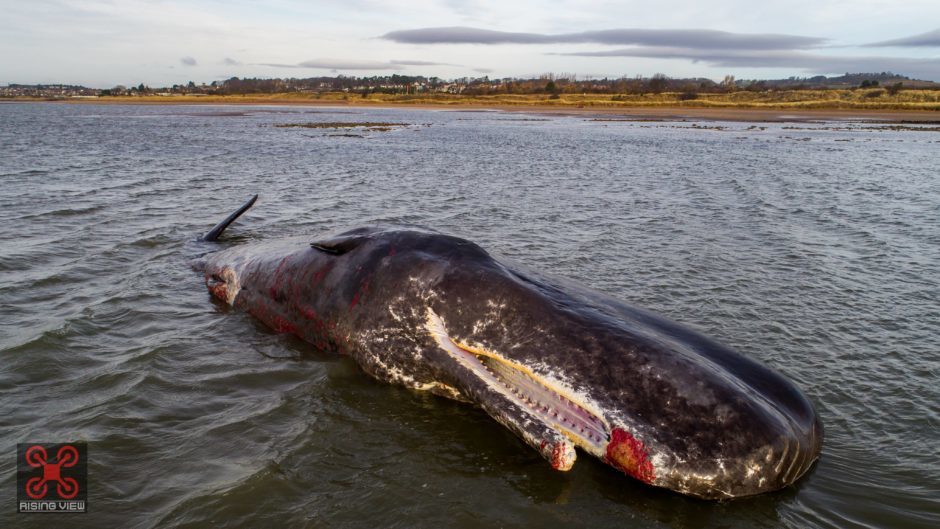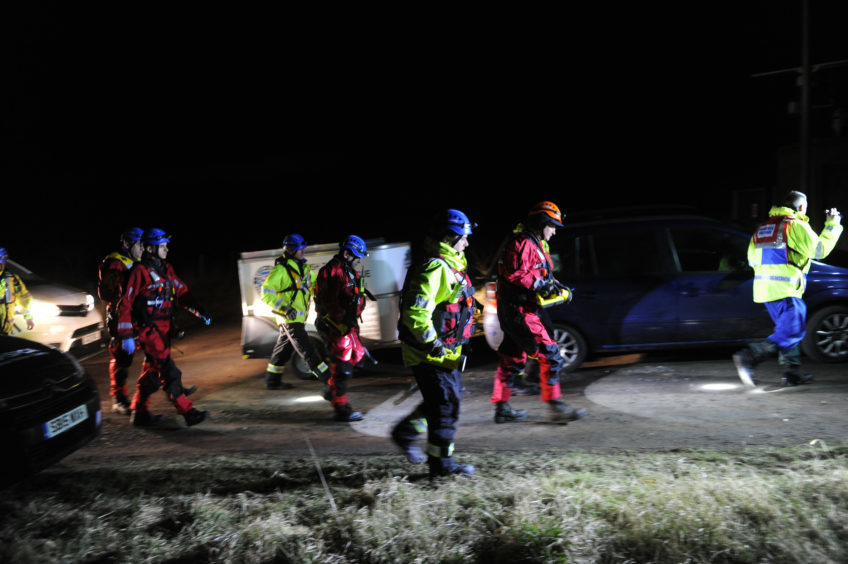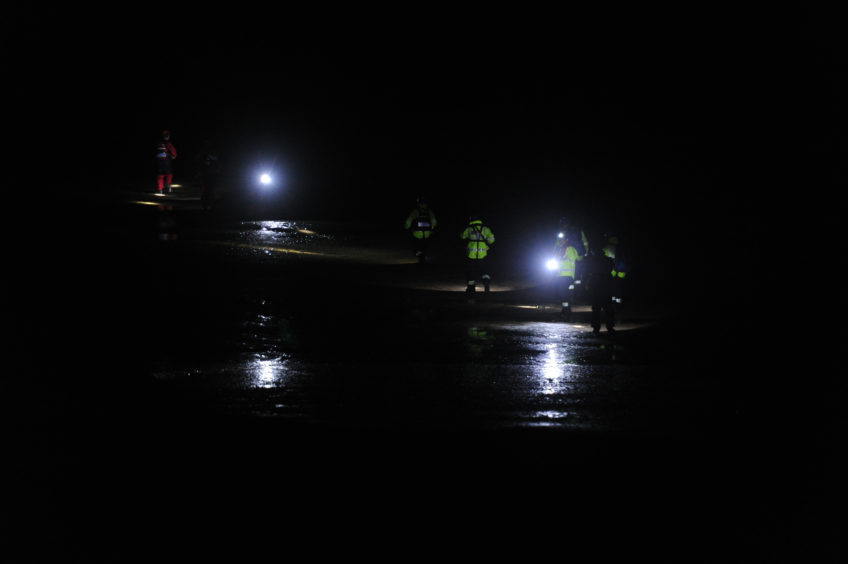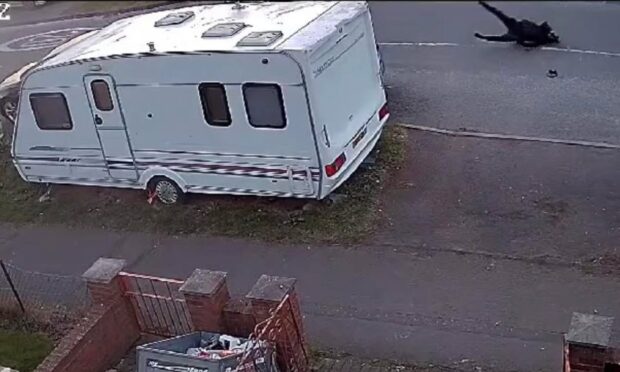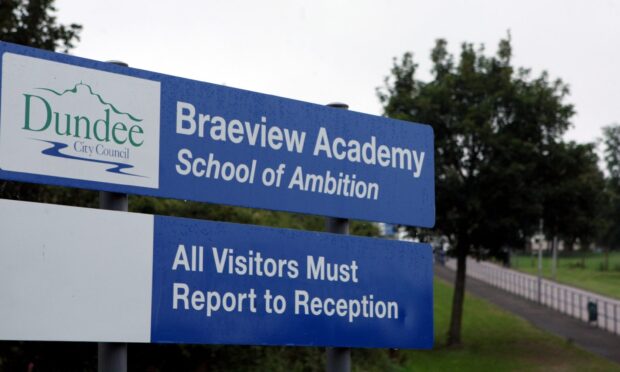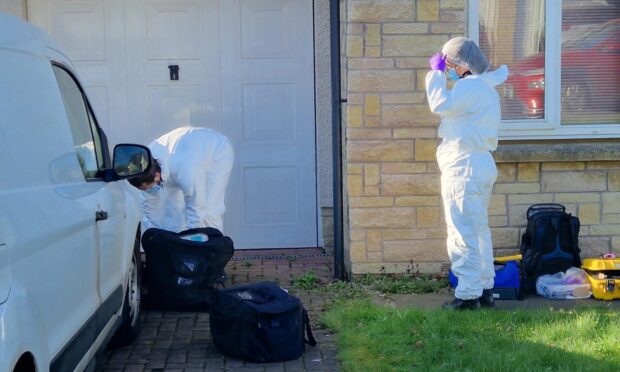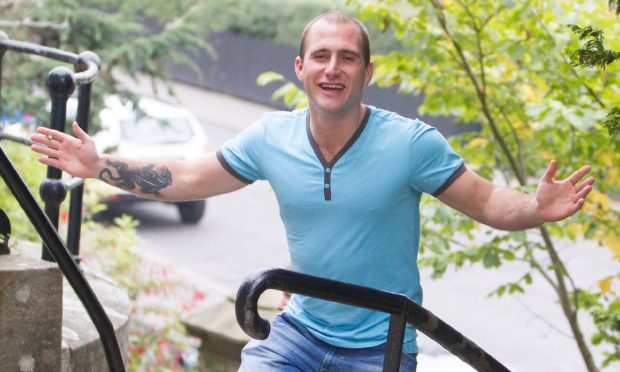A rescue mission to save a whale which washed up on a beach near Monifieth has turned into a recovery operation after the animal was found dead.
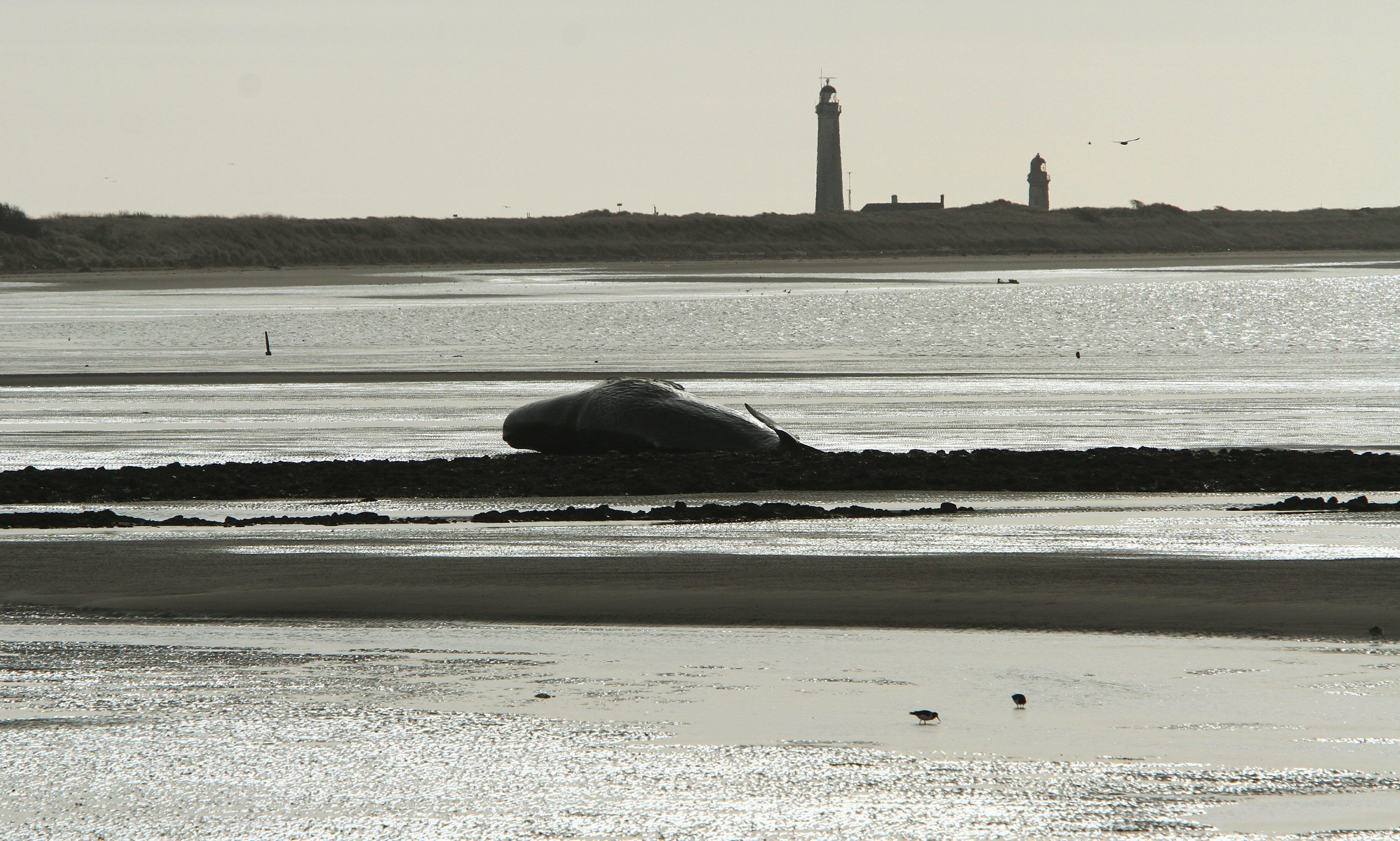
The British Divers Marine Life Rescue (BDMLR) team was called to a stretch of shoreline between Monifieth and Barry Buddon shortly before 6pm on Wednesday following earlier sightings of what appeared to be a cetacean that had live stranded.
HM Coastguard from Carnoustie and Arbroath were called to assist, as was the RNLI’s inshore lifeboat at Broughty Ferry, but volunteers eventually discovered that the whale – which has been identified as a 12-metre (40ft) sperm whale by experts on site – had died.
Teams were out in the pitch darkness to try to secure the site, and warned members of the public not to visit the beach for their own safety.
Paul Smith, the BDMLR’s Fife and Stirlingshire co-ordinator, revealed that an initial sighting was made by a dog walker at around 3pm, although he confirmed the sad news that the whale did not survive.
“It wasn’t notified until later on but we’ve obviously responded with our team and we’ve found it subsequently dead,” he said.
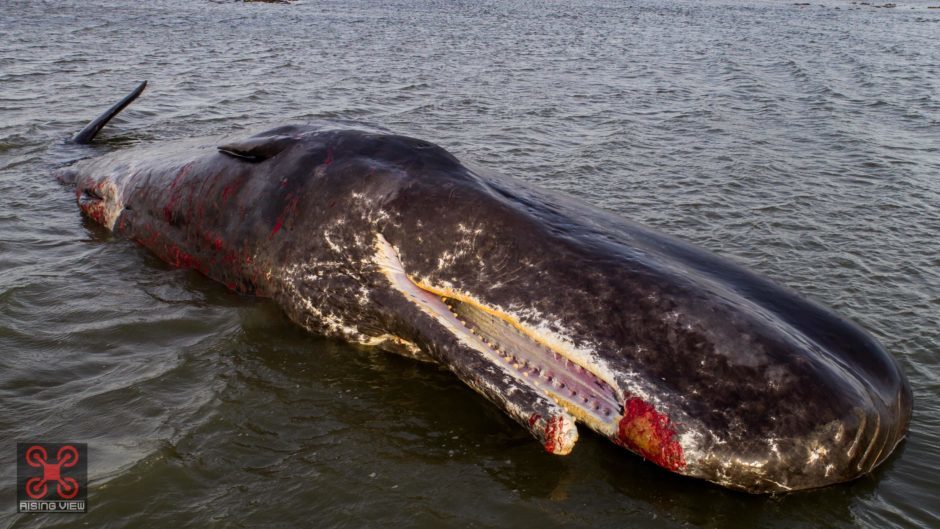
“We’re just doing a search at the minute of the beach to see if it is just the one animal, and there is a possible concern of things showing up on Thursday morning.
“We’re keeping an open mind but at the minute it’s confirmed as one.”
Whales are regularly spotted in the waters off the east coast of Scotland, but Mr Smith admitted it was not a usual occurrence to spot a sperm whale of this size in the Tay.
“We get a lot of animals and there are a lot of whales traversing all these waters and these migration routes. You do get a lot of species and we get whales which visit this part of the world,” he added.
https://www.thecourier.co.uk/fp/news/local/angus-mearns/622760/pictures-photos-show-scenes-on-tayside-beach-after-huge-sperm-washes-ashore/
“But it is uncommon to get big whales visiting the Tay like this – they’ll pass by certainly but it’s not very often they come in.
“The problem with sperm whales is that it’s the wrong species in the wrong area. They don’t do well on the east coast.
“They should be on the west coast and there’s nothing out there on the east coast for them to eat, so it’s more than likely that it has suffered dehydration or starvation and it has succumbed.
“It could also be ill, but we don’t know until we do a post-mortem.”
Experts were expected to revisit the beach at first light, but Mr Smith warned people to stay away and let those doing the recovery do their jobs.
“We don’t want anybody down there because this is now a biohazard,” he stressed.”
“It’s going to start deteriorating – you can get a lot of nasty diseases from these animals so we don’t want anybody down there.”
The whale was spotted by a man who was walking his dog by the shore.
The man, who did not wish to be named, said: “It was hard to see if it was a whale or not at first, even with the binoculars.
“It kind of looked like a big log, but you could see the dorsal on it.
“It looked like there were a few exits from the blowhole, but it could have been water hitting the log.
“It was hard to tell because it was pretty rough, but I met my friend and we got the binoculars out and we thought it definitely looked like a whale.
“We then met a woman and she phoned the RSPCA. I think it stranded a lot further up, because at that time the tide was receding and it had moved a bit.
“It’s such a shame if it has died.”
